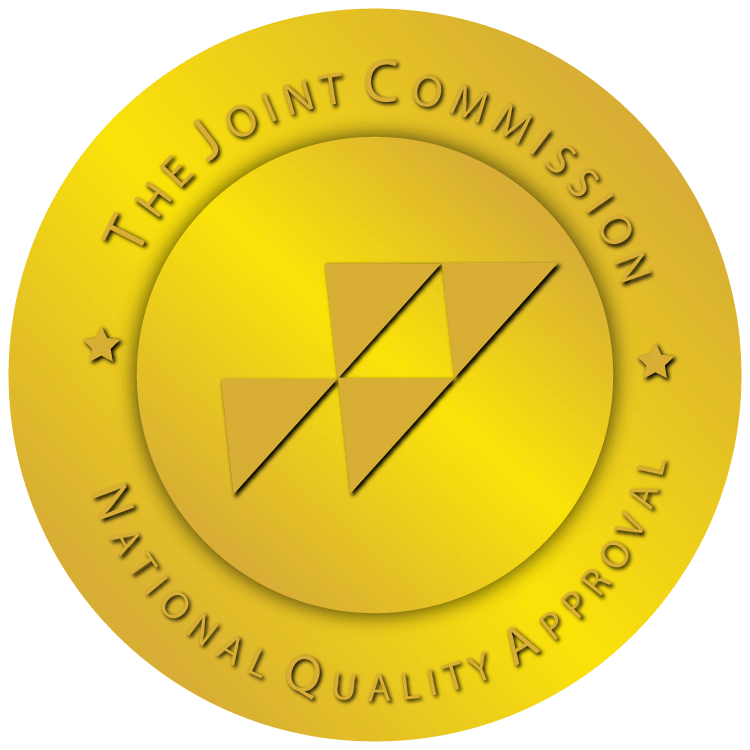 The rate of opioid use and abuse has steadily risen in the last decade and a half, more than quadrupling since 1999. More than 165,000 people have died from a prescription opioid overdose, with a sharp increase in 2014. This tragic trend has continued to rise into 2017, with an estimated 2.1 million people in the U.S. suffering from opioid-related substance use disorders. The opioid epidemic has opened the doors to other forms of drug abuse, namely heroin.
The rate of opioid use and abuse has steadily risen in the last decade and a half, more than quadrupling since 1999. More than 165,000 people have died from a prescription opioid overdose, with a sharp increase in 2014. This tragic trend has continued to rise into 2017, with an estimated 2.1 million people in the U.S. suffering from opioid-related substance use disorders. The opioid epidemic has opened the doors to other forms of drug abuse, namely heroin.
As the drug problem continues to snowball around the country, individual states are coming up with creative ways to regain control. In Maryland, one solution is the Maryland Prescription Drug Monitoring Program.
Maryland’s Prescription Drug Problem
No state has escaped unscathed from the ongoing opioid problem. Maryland is plagued with complex drug addictions, leading to a skyrocketing overdose death toll. In 2016, 1,468 people died from unintentional overdoses from January to September. In the same months of the previous year, this number was at 904. The lowest point in the last decade was in 2010, with 465 overdose deaths. Fentanyl, the synthetic opioid that’s similar to morphine, killed 738 people in Maryland in 2016 – a frightening jump from 192 people the previous year. Before 2014, the highest number of fentanyl deaths was just 31 people in 2010.
Prescription opioids are gateway drugs to other drugs, such as heroin. Consequently, the number of heroin-related deaths in Maryland has surged with the upswing in opioid abuse, from 534 heroin-related deaths in 2015 to 918 in 2016. These numbers demonstrate the rapid growth rate of addiction around the nation. Maryland organizations are scrambling to get to the bottom of the opioid problem and attack addiction at its source before another record-breaking year for overdoses.
What’s Causing the Rise in Opioid Use?
On an average day in America, pharmacies and physician’s offices dispense more than 650,000 opioid prescriptions. These include addictive painkillers such as codeine, fentanyl, hydrocodone, methadone, and oxycodone. The greater availability of these drugs in the United States has contributed to their misuse and abuse. There’s a mistaken belief that prescription painkillers are safer than other drugs, and this leads to more people misusing them.
Other people start taking prescription opioids legally, but become addicted and end up using them non-medically. Approximately 100 million people suffer from chronic pain in this country. For many of these people, opioid prescriptions are an appropriate solution. Sadly, lack of awareness about the highly addictive nature of painkillers results in many unknowingly becoming addicted to opioids and eventually abusing them. In turn, this leads to abusing other drugs, particularly heroin. In Maryland, state policymakers decided to take an active stand against the growing opioid problem, creating the Maryland Prescription Drug Monitoring Program.
The Maryland Prescription Drug Monitoring Program
The Maryland Department of Health and Mental Hygiene, Behavioral Health Administration has created the Prescription Drug Monitoring Program (PDMP) to support patients and healthcare providers in the safe and effective use of prescription drugs, including opioids. The PDMP’s goal is to securely collect and store information about drugs that contain controlled substances as facilities dispense them to patients. It mandates that all drug dispensers, including health care facilities and pharmacies, report this information electronically.
The PDMP database will store prescription drug information and make it available only to those who provide pharmaceutical care to patients. Using the database, practitioners can check a patient’s prescription drug history before prescribing other drugs. The law states that health care providers may only access the information of patients in their care to protect the privacy of patients.
Goals of the Maryland PDMP
The Maryland PDMP will improve the ability to manage potentially harmful drug combinations. It will also eliminate doctor shopping or the illegal practice of obtaining a genuine opioid prescription from more than one doctor to feed an addiction. Now, a full report of the patient’s pharmaceutical history will appear, and the physician will know not to issue an additional opioid prescription on top of another doctor’s prescription, “doctor shopping”. The system will notify the proper agencies of inappropriate or illegal prescribing, dispensing, and use of prescription drugs. Again, investigators will only have access to data related to an ongoing investigation for the privacy of users.
Finally, the PDMP will support educational and research initiatives throughout the state to spread awareness regarding prescription drug abuse. The state designed these programs to broaden public knowledge about this issue and give practical advice on how to prevent addiction, such as disposing of unused prescription opioids in the proper locations instead of leaving them in medicine cabinets where others can find them. The PDMP will be a core component of Maryland’s strategy for reducing drug and alcohol abuse and overdose deaths in the state.
A Brighter Future for Maryland’s Youth
With the PDMP keeping tabs on prescription opioid use in the state, there is hope for a brighter future regarding misuse, abuse, and overdose rates. The PDMP addresses significant flaws in the health care system that previously allowed prescription rates to soar to unnecessary and dangerous levels. The secure, advanced electronic database will serve as a comprehensive look at the opioid prescription rates in Maryland, giving the state important data that can serve to educate policymakers further and lead to more-efficient changes. There are high hopes that a reduction in opioid abuse will result in a decrease in the rampant heroin problem, and ultimately save hundreds of lives.
Increasing awareness about prescription drug misuse and addiction is the only way to put an end to this tragedy. Programs like Maryland’s Prescription Drug Monitoring Program are progressive steps toward an addiction-free future. Educating Maryland’s youth about the dangers of misusing prescription opioids and illicit drugs can potentially reverse this vicious cycle and stop addictions before they occur. Health care providers, pharmacies, and parents can work together with help from the new PDMP to stop drug abuse in its tracks.
How Maryland Recovery Is Doing Their Part
To fight against the growing numbers of deaths due to prescription drug use, Maryland Recovery is really trying to educate the people who have been prescribed these seemingly harmless drugs. These drugs are indeed harmful and do need to be monitored regularly. This is where the Maryland Prescription Drug Program is stepping up to the plate and helping to get a handle on the actual number of people that are being prescribed these drugs and keeping track of the individual doctors that are doing the prescribing. Preventing duplicate prescriptions and over-prescribing is the goal of the program.
Nationwide Prescription Drug Abuse Has Brought the Opioid Addiction Epidemic
To Our Own Backyard
LET MARYLAND RECOVERY HELP YOU OR A LOVED ONE BREAK YOUR ADDICTION TO OPIOIDS:
Reviewed by Christopher Schwartfigure MS, LGPC, CAC-AD








